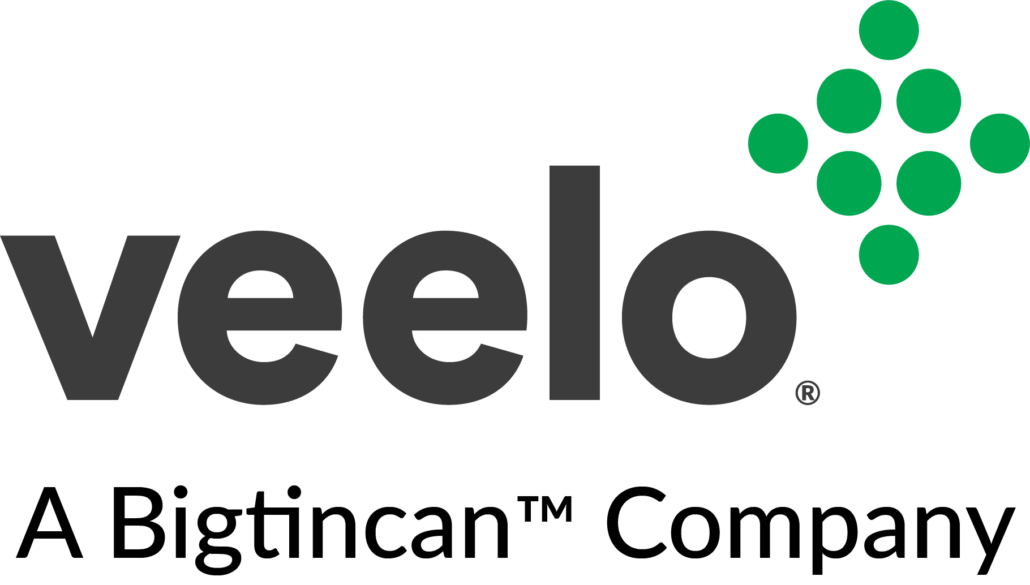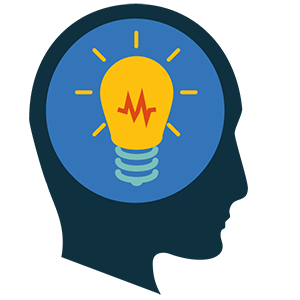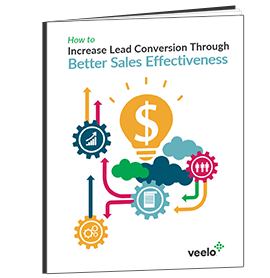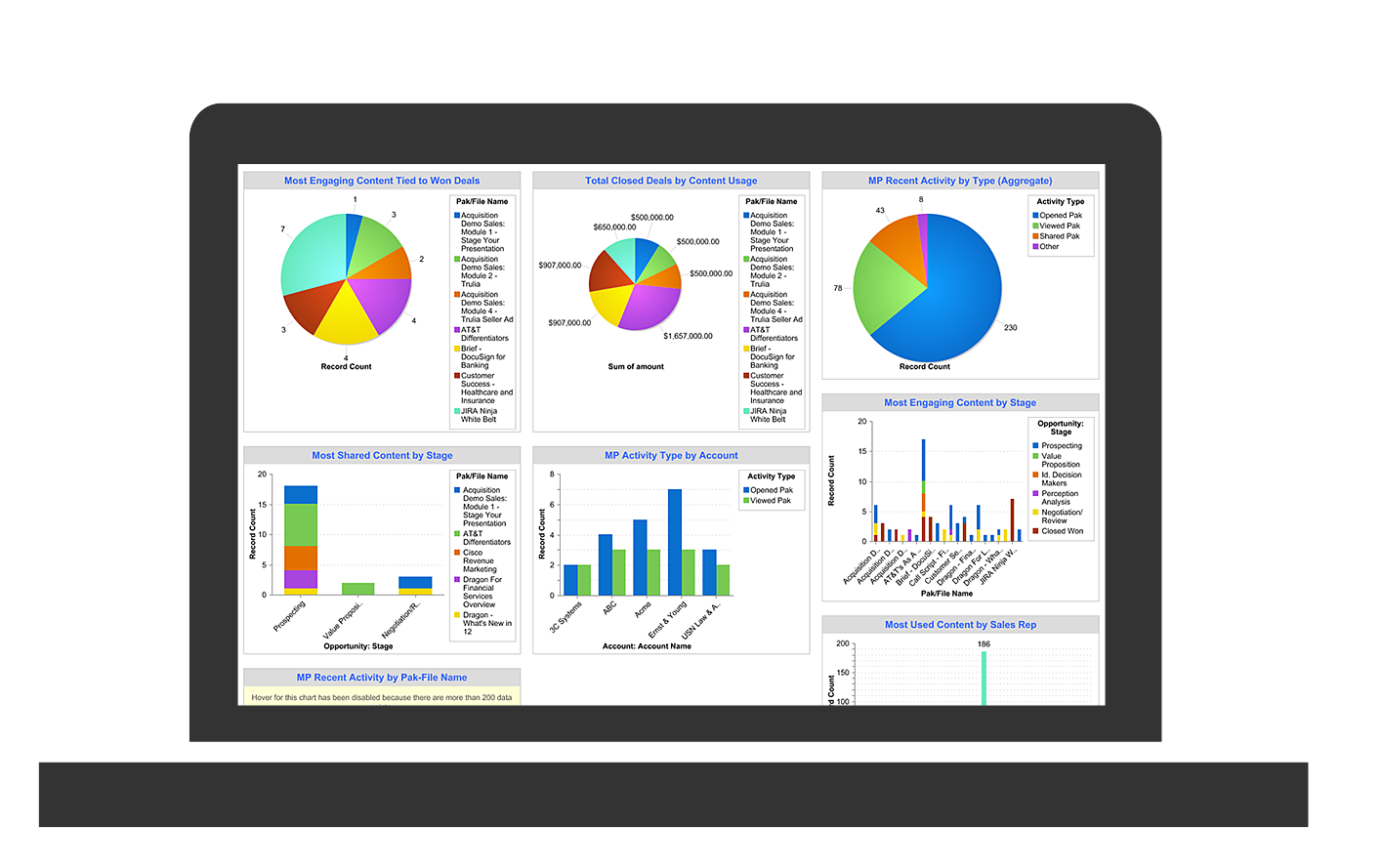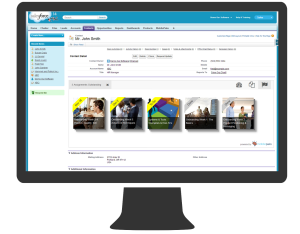https://veeloinc.com/wp-content/uploads/2014/11/logo.gif
95
227
Veelo Marketing
https://veeloinc.com/wp-content/uploads/2019/08/Veelo-Bigtincan-1030x585.png
Veelo Marketing2014-11-25 09:05:302015-11-17 06:17:27Destination CRM Features CEO, Chanin Ballance, on Maximizing Content ROI
https://veeloinc.com/wp-content/uploads/2013/09/brain-dude-question-mark-250px.png
332
250
Veelo Marketing
https://veeloinc.com/wp-content/uploads/2019/08/Veelo-Bigtincan-1030x585.png
Veelo Marketing2014-11-24 10:00:072015-11-17 06:11:283 Steps to Link the Tech and Human Sides of Sales Enablement
https://veeloinc.com/wp-content/uploads/2014/11/head-lightbulb-300px.png
300
300
Veelo Marketing
https://veeloinc.com/wp-content/uploads/2019/08/Veelo-Bigtincan-1030x585.png
Veelo Marketing2014-11-19 14:36:202015-11-17 06:11:40Relevance and Context: The Keys to Knowledge Transfer
https://veeloinc.com/wp-content/uploads/2014/11/better-sales-effectiveness-brief-CTA-270px.png
278
270
Veelo Marketing
https://veeloinc.com/wp-content/uploads/2019/08/Veelo-Bigtincan-1030x585.png
Veelo Marketing2014-11-10 09:30:282014-11-19 10:49:59Brief: How to Increase Lead Conversion Through Better Sales Effectiveness
https://veeloinc.com/wp-content/uploads/2014/11/Salesforce-Reports.png
889
1416
Veelo Marketing
https://veeloinc.com/wp-content/uploads/2019/08/Veelo-Bigtincan-1030x585.png
Veelo Marketing2014-11-06 09:10:252017-06-08 10:57:58MobilePaks Announces Advanced Reporting for Sales Enablement, Training and Marketing Efforts
https://veeloinc.com/wp-content/uploads/2014/11/desktop-salesforce-onboarding.png
1114
1426
Veelo Marketing
https://veeloinc.com/wp-content/uploads/2019/08/Veelo-Bigtincan-1030x585.png
Veelo Marketing2014-11-05 10:00:332017-06-08 11:04:22MobilePaks Offers Enhanced Sales Onboarding and On-Demand Knowledge Support to Increase Sales Efficacy
Scroll to top
